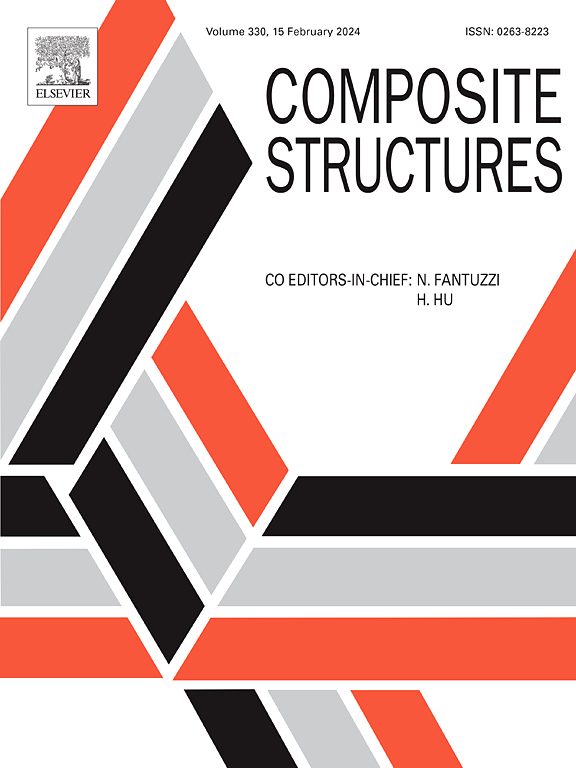DeeMa-Hub: Cloud-enabled semantic platform for data-driven multiscale co-design and co-simulation of composite materials and structures
IF 6.3
2区 材料科学
Q1 MATERIALS SCIENCE, COMPOSITES
引用次数: 0
Abstract
This paper presents DeeMa-Hub, a cloud-based microservices ecosystem designed to support collaborative research and decision making in composite materials design and manufacturing. DeeMa-Hub integrates data management, modeling, co-simulation, and decision-making functionalities into a cohesive collaborative platform. The architecture is organized into three main layers: the Data Layer, the Modeling and Simulation Layer, and the Collaborative Interface Layer, enabling efficient data handling, complex computational workflows, and team-driven processes. The platform’s cloud infrastructure, leveraging Microsoft Azure services, provides scalability, accessibility, and robust data security, accommodating the demands of high-performance composite materials simulations and data analysis. Central to the platform’s operation is the Modeling and Simulation Layer, managed by MuPIF (Multi-Physics Interoperability Framework), which supports interoperable, multi-scale adn multi-physical simulation workflows. This layer uses standardized APIs to handle diverse simulation models and data structures, ensuring integration with various simulation platforms and enabling workflow automation. The Collaborative Layer utilizes Business Process Model and Notation (BPMN) and Decision Model and Notation (DMN) frameworks to facilitate process management and decision logic, allowing users to collaboratively design and control workflows and decisions in real time. DeeMa-Hub’s cloud-deployed structure supports dynamic scaling, automated resource allocation, and high availability through Azure’s autoscaling and load balancing. The platform is equipped with Azure DevOps for continuous integration and deployment, enabling rapid updates. Through its structured, scalable design, DeeMa-Hub provides a secure, flexible environment for composite materials research, promoting collaborative, data-driven innovation.
求助全文
约1分钟内获得全文
求助全文
来源期刊

Composite Structures
工程技术-材料科学:复合
CiteScore
12.00
自引率
12.70%
发文量
1246
审稿时长
78 days
期刊介绍:
The past few decades have seen outstanding advances in the use of composite materials in structural applications. There can be little doubt that, within engineering circles, composites have revolutionised traditional design concepts and made possible an unparalleled range of new and exciting possibilities as viable materials for construction. Composite Structures, an International Journal, disseminates knowledge between users, manufacturers, designers and researchers involved in structures or structural components manufactured using composite materials.
The journal publishes papers which contribute to knowledge in the use of composite materials in engineering structures. Papers deal with design, research and development studies, experimental investigations, theoretical analysis and fabrication techniques relevant to the application of composites in load-bearing components for assemblies, ranging from individual components such as plates and shells to complete composite structures.
 求助内容:
求助内容: 应助结果提醒方式:
应助结果提醒方式:


